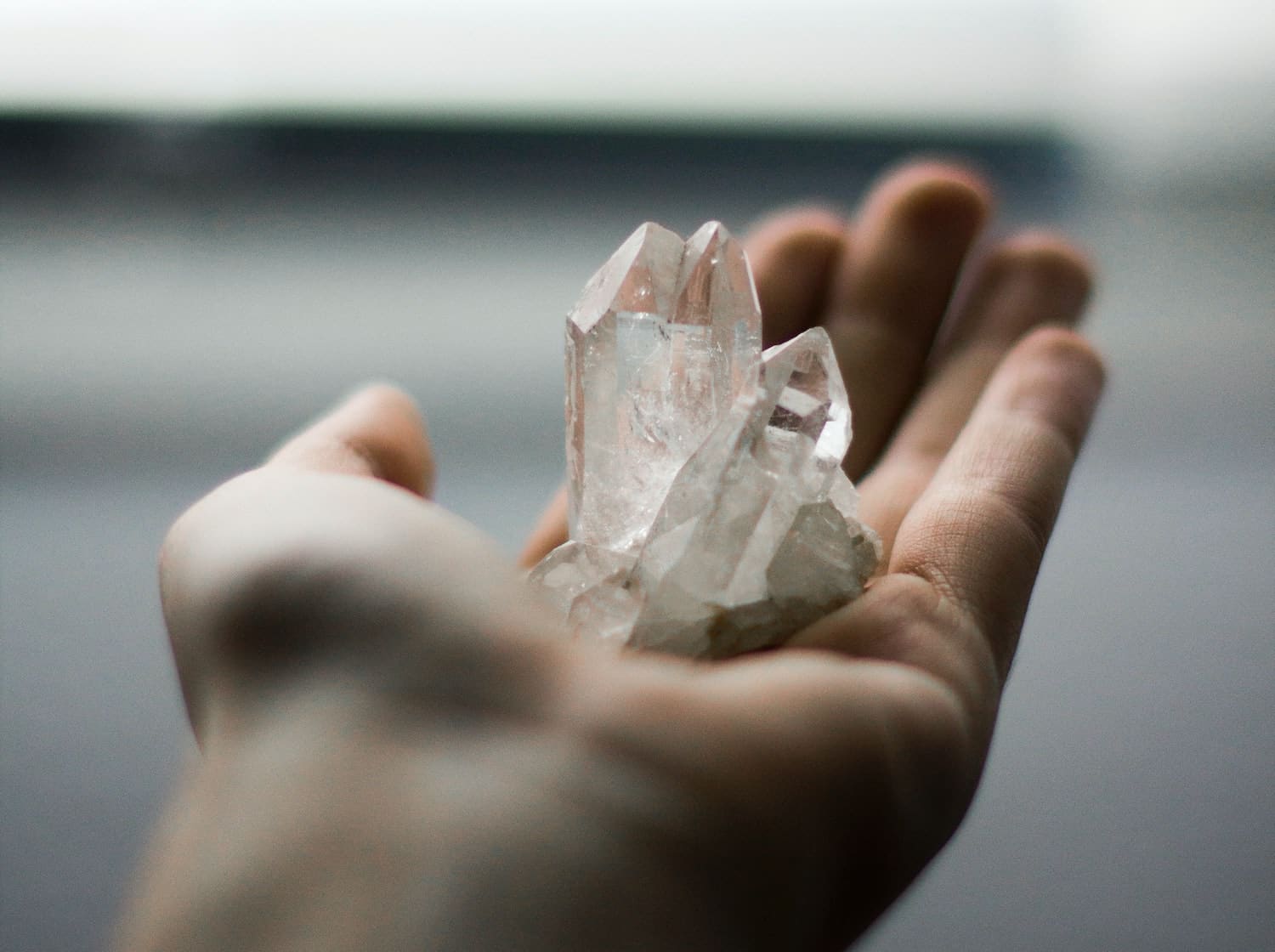Whether you want to release negative energy, find a new source of inspiration, or lose yourself in creative thoughts, here are three practices to help you embrace spirituality at home
It’s becoming increasingly apparent that more non-traditional healthcare practices are firmly establishing themselves in our daily routines. From harnessing moon power and finding the hidden meaning of our dreams, to mindfulness meditation and getting in touch with our spirit animals, more of us are looking for ways to get in touch with our spiritual side.
Try these three practices to help you find comfort in something bigger than you.
Take meaning from your dreams
Our dreams can be a great indicator of how we’re feeling mentally and, while experts are unsure exactly why we dream, some believe they have a key role to play in our mental health.
In his article, The importance of dreams, psychotherapist and Counselling Directory member Joshua Miles explains what we can learn from our dreams.
“It has been suggested that dreams could be crucial to our emotional and mental health and can be a means by which we solve problems, deal with emotions and thoughts. It is thought that dreams play an important role in providing us with the ability to function psychologically. Therefore there are clearly benefits to dreaming, understanding our dreams and their meanings.”

So, how can we interpret the messages of our dreams? Here, Dr Alexander Fox shares a technique from Gestalt therapy which can help us make sense of them:
- Write down a recent dream or a dream that has recurred in your life. Try to be as cinematic in your presentation as possible: write down the dream as though it were a film scene and strive to be concrete about what you experienced through your senses.
- Take each part of the dream (human and non-human) and, in turn, pretend that you are that part. More specifically, say ‘I’ to that part and then write down what that part would say if it had a voice and it was delivering a monologue. For example, if there was a motorway in the dream, you could pretend that the motorway was talking and write down what it might say.
- Once you have acted out each part, you can start to do a dialogue with certain parts. For example, you might have the motorway dialogue with the night sky.
- After writing your monologues and dialogues, you might want to write down any general insights you have gleaned from the exercise. For example, the motorway might have said, “I feel that people just drive all over me and never take any notice of me” and this might indicate that part of you - the part represented (symbolised) by the motorway - feels ignored and used by others.
Get lost in the silence
If you’re used to a life that feels hectic, moments of quiet and calm can feel uncomfortable. It can feel like we’ve lost our sense of purpose when our days aren’t filled with ‘busy-ness’. But, these moments of quiet are a gift. They offer us a window of introspection, to embrace and harness for our personal development.
In Angelica Malin’s editor’s letter in About Time magazine, she shares the power of being lost and finding yourself:
“I know you’re scared. I am too. It’s easy to feel lost right now, overcome with the fog of panic in the air. But there’s opportunity here, too, to take stock of our lives and really question things – what and who matters to you? What’s not serving you? Where should you put your energy?
“If you do one thing today, get a pen and paper and figure out right now what’s worrying you. Write a list, find all the edges of your pain and sadness, and vow to actually listen to yourself.”
“Write a letter to yourself. Treat yourself and your worries with compassion. You don’t have to make friends with uncertainty, but you can make peace with it. Sometimes life is about letting go. The more lost you let yourself feel, the more freedom you’re acquiring to let your life go down a new path.”
So, the next time you find yourself with a quiet moment, allow it to happen - silence your internal chatter. Don’t try to fill your time with activity, just embrace (and get lost in) the silence.
Heal your energy
There are many different types of energy healing approaches out there, which aim to clear energy blockages and heal negative energy. Our emotional health is often neglected within the realm of self-care, and this is a great way to show yourself kindness.
One particular therapy recognised for its healing approach is Reiki. The wonderful thing about Reiki is you can try some simple techniques at home to enable you to share its power through your hands to locate and clear physical, emotional, and spiritual blockages. It can help to promote inner balance and natural healing to alleviate pain, stress, anxiety, and more.

In her book, Self Reiki: Tune in to Your Life Force to Achieve Harmony and Balance, Reiki Master Teacher Jasmin Harsono shares over 40 step-by-step self-Reiki practices you can do yourself - anytime, anywhere. She uses a range of practical meditation, mindfulness, and breathwork-focused Reiki exercises to allow you to connect with universal energy and encourage a healthy flow of energy throughout your entire being.
Here, we explore one of Jasmin’s self Reiki exercises, grounding.
When you are feeling unbalanced, grounding helps you to feel rooted in your body. This exercise is useful after deep meditation - helping you to come “back to earth” when tuning into your intuition or physical capabilities. Take time to allow your deep connection with Mother Earth to develop fully.
Sit, stand or lie comfortably. Close your eyes and place both hands on your hara (the core of your belly):
- Take a deep breath into your hara and say, “Breathing in”. On the out-breath, exhale any stagnant energy and say, “Breathing out”.
- Visualise yourself firmly rooted into the ground, with a cord that runs from your hara deep into the earth below. Sense the grounding of your body, mind and soul.
- Feel grounded and connected in the moment, just as you are. Take a deep breath into your hara, then fully breathe out. Open your eyes.
If you’d like to explore more of your spiritual side, discover how complementary therapies can help you to take care of your mind, body and soul.


Comments